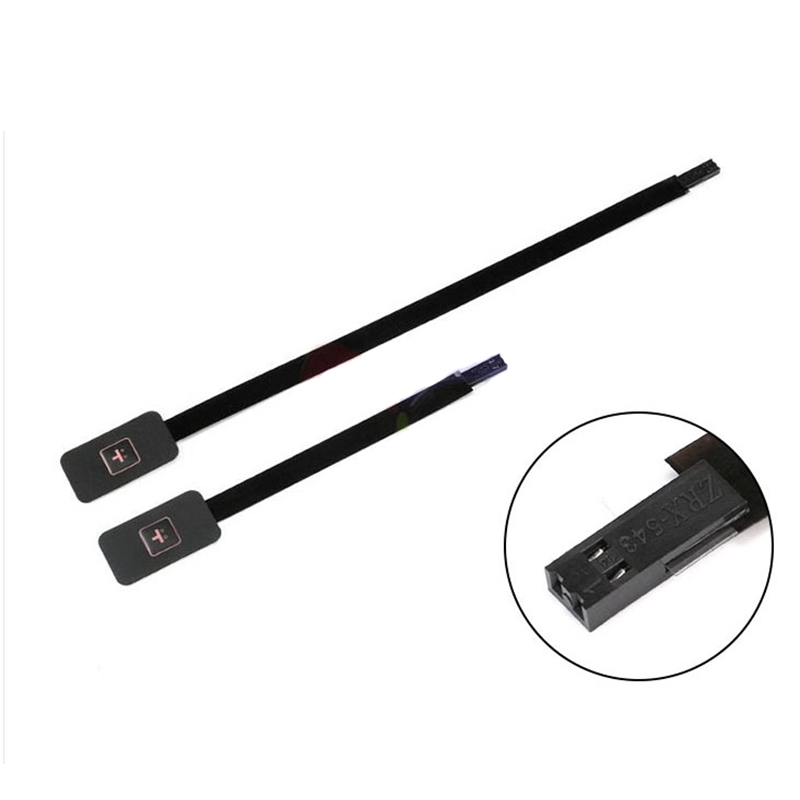Why Membrane Layer Switches Over Are Important for Durable Control Systems
Membrane switches play a pivotal duty in making certain the longevity and integrity of control systems throughout different markets. Their one-of-a-kind building enables them to sustain difficult environmental factors such as moisture, temperature level extremes, and physical wear. This durability not just prolongs the life expectancy of the systems they offer yet additionally decreases upkeep requirements. As we explore the multifaceted benefits of membrane switches, it comes to be obvious that their importance transcends mere functionality, affecting user experience and operational effectiveness. What additional effects do these characteristics hold for the future of control system design?
Summary of Membrane Buttons
Membrane layer buttons are flexible and reputable components frequently utilized in numerous electronic control systems. These buttons contain numerous layers, including a visuals overlay, a spacer layer, and a printed circuit layer. The visuals overlay provides both useful and aesthetic style, while the spacer layer ensures that the buttons are activated just when pushed. The printed circuit layer has conductive traces that complete an electric circuit when the membrane is pressed, making it possible for the device to react to user inputs.
Membrane layer switches are typically preferred in applications requiring a small and light-weight layout, making them perfect for handheld gadgets, clinical devices, and commercial machinery. They can be personalized to satisfy details user demands and can integrate numerous features such as backlighting, tactile comments, and several shades. Membrane layer buttons are resistant to dirt, dampness, and pollutants, making them suitable for settings where toughness is vital.
Advantages of Sturdiness
In numerous applications, the sturdiness of membrane changes offers significant benefits that improve their overall performance and reliability. These buttons are developed to withstand extreme environments, making them excellent for usage in demanding problems such as high humidity, severe temperature levels, and direct exposure to chemicals. Their robust building assists to stop damages from physical influence, making sure lasting functionality and minimizing the need for regular replacements.
Furthermore, membrane switches are resistant to wear and tear, which is important in applications where regular interaction happens. This sturdiness equates to lower upkeep expenses, as organizations take advantage of decreased downtime and less solution interruptions. The encapsulated style of membrane layer changes protects inner parts from dirt and wetness ingress, further adding to their life-span (membrane switch).
An additional advantage is their ability to maintain constant efficiency in time. With a high resistance for mechanical anxiety, these switches maintain their responsive comments and electric stability, guaranteeing user satisfaction. Inevitably, the toughness of membrane switches over not just boosts operational effectiveness yet additionally promotes self-confidence in their reliability, making them a favored option for control systems across various industries.
Applications in Numerous Industries
Resilient control systems employing membrane buttons discover extensive applications throughout a range of markets, each gaining from the unique attributes these buttons provide. In the clinical industry, membrane layer switches are important for devices such as person monitors and analysis tools, where dependability and convenience of cleaning are vital. Their resistance to moisture and contaminants guarantees they keep performance in sterile atmospheres.
The auto industry leverages membrane buttons for control panel controls and infotainment systems, where they supply streamlined, low-profile interfaces that boost customer experience. These switches are likewise created to withstand severe conditions, consisting of direct exposure to severe temperature levels and vibrations.
In industrial settings, membrane buttons are generally used in machinery control panels, using responsive responses and durability required for high-usage applications. Their capability to stand up to chemicals makes them suitable for producing environments where spills and impurities are frequent.

Customer electronic devices, such as cooking area devices and remotes, additionally make use of membrane layer buttons for their adaptability and cost-effectiveness. Generally, the versatility and durable nature of membrane changes make them essential across various sectors, ensuring reliable procedure and durability in control systems.
Style and Aesthetic Appeal
While capability is extremely important, the layout and visual charm of control systems equipped with membrane layer buttons play a critical function in customer engagement and overall experience (membrane switch). The aesthetic style of these switches can significantly affect individual perception and communication. A properly designed membrane button improves the beauty of the device, making it extra attractive to users and cultivating a link between the customer and the product
Membrane layer changes provide a great bargain of versatility in layout, enabling manufacturers to tailor graphics, colors, and appearances to line up with brand identification and item visual appeals. Making use of vivid shades and distinct patterns can draw focus, while tactile comments can enhance the user's communication with the device. Furthermore, the capacity to integrate LED indications and backlighting right view it now into the membrane layer button style gives both useful and aesthetic advantages, improving exposure and use in numerous settings.

Enhancing Individual Experience

Additionally, membrane buttons can be tailored to incorporate graphical user interfaces, improving functionality by presenting details in a clear and instinctive way (membrane switch). This modification can include symbols, labels, and shade coding that guide users with facility performances with simplicity. In addition, their flexibility permits combination in different atmospheres, making certain consistent efficiency whether in industrial equipment or customer electronic devices
The toughness of membrane layer switches likewise plays a crucial role in customer experience. By withstanding rough conditions and extended usage, these switches reduce the chance of system failures, click this therefore advertising reliability and user self-confidence. Eventually, the strategic use of membrane layer changes not only raises performance yet likewise substantially enhances user interaction with control systems, making them a vital component in modern-day style.
Conclusion
